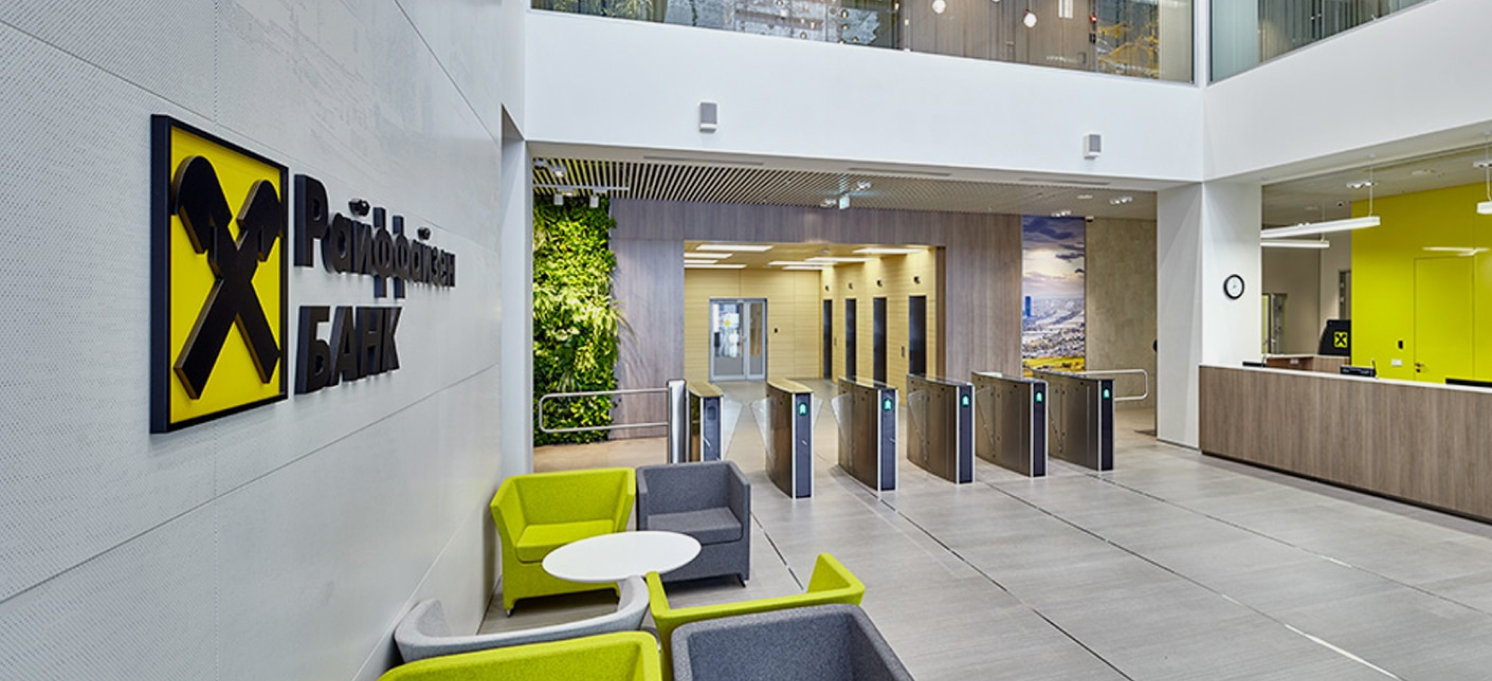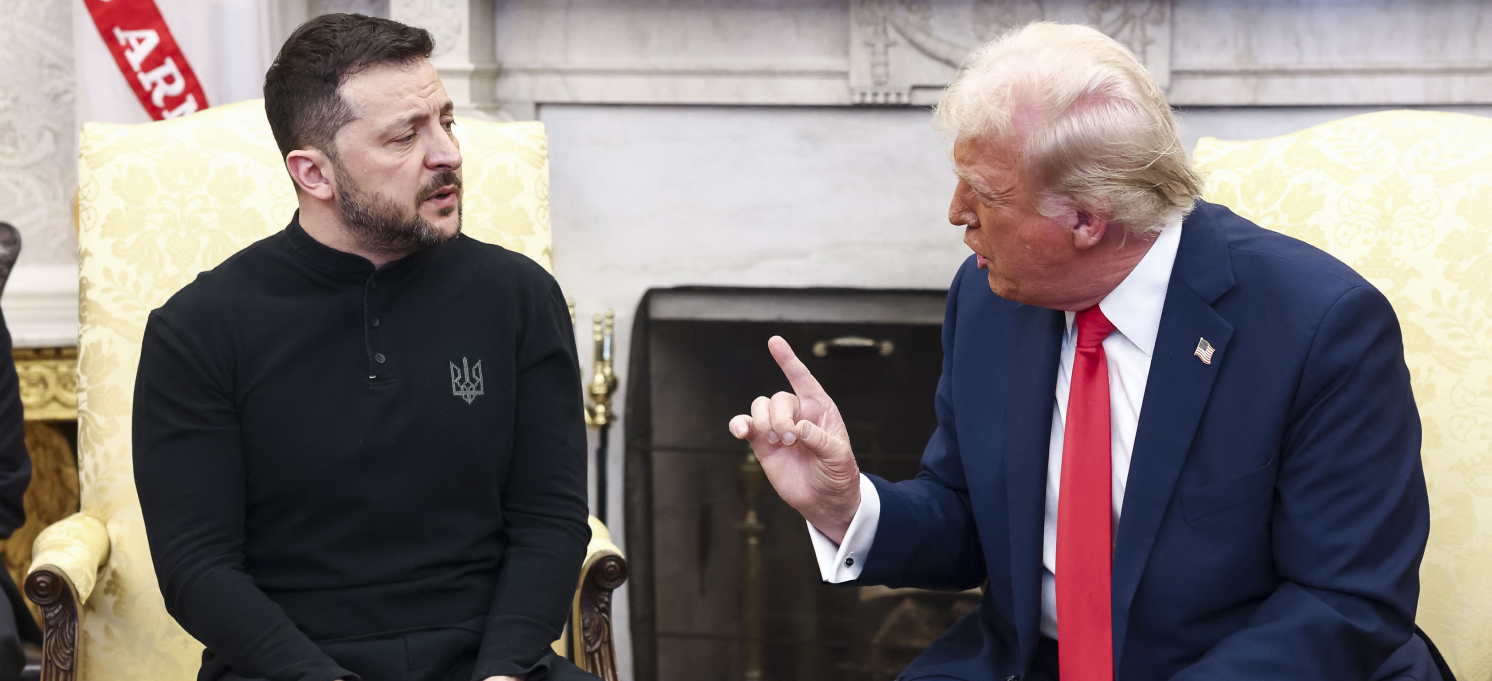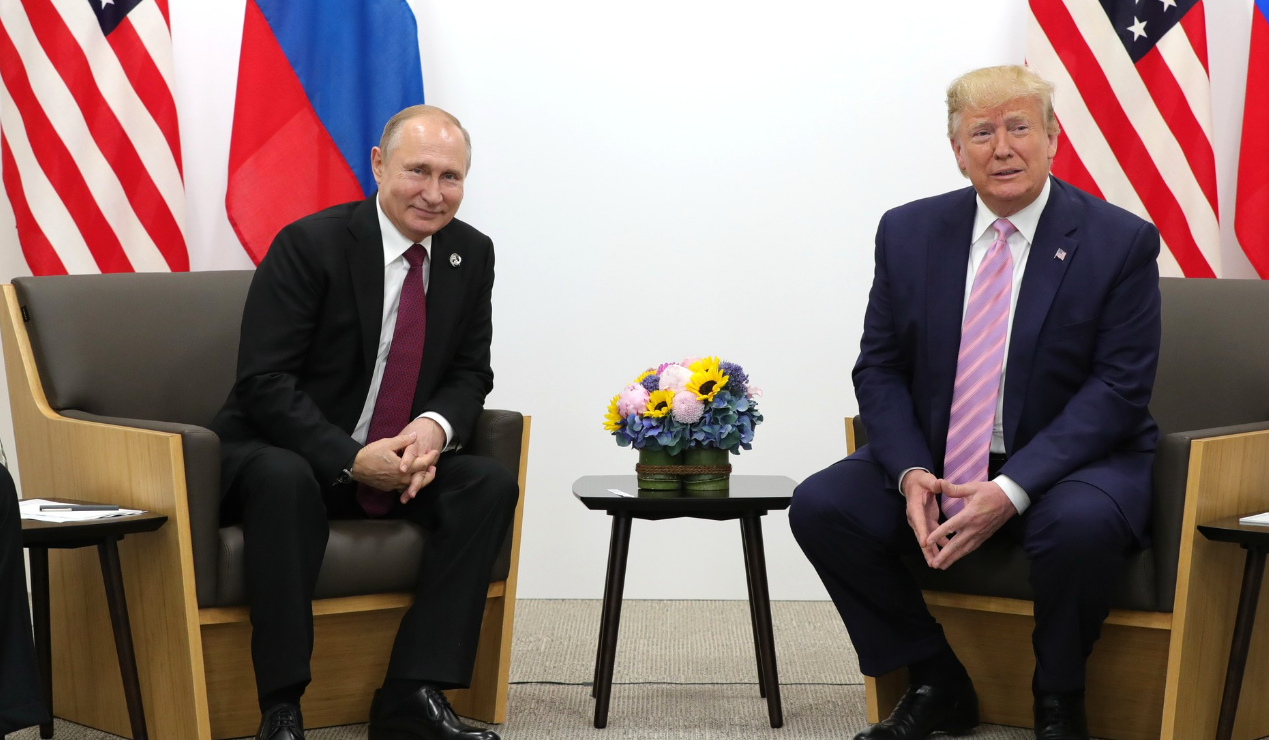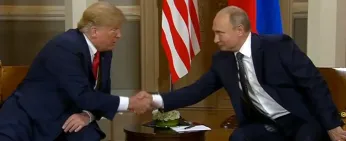
The Western banks are not leaving Russia yet
Hello! Welcome to your weekly guide to the Russian economy — written by Alexander Kolyandr and Alexandra Prokopenko and brought to you by The Bell. This time we take an in depth look at the two biggest European banks in Russia – Austria’s Raiffeisen and Italy’s UniCredit. Why are they resisting pressure to leave Russia? Could they wind-up their businesses in Russia even if they wanted to?
Raiffeisen and UniCredit are slow to exit Russia
Despite criticism from Western capitals and the ever-present reputation risks, Raiffeisen and UniCredit do not seem in any hurry to exit Russia. In fact, after two-and-a-half years of war in Ukraine, their financial reporting show they are staying in Russia for at least some time.
What’s going on?
Austria’s Raiffeisen Bank International (RBI) has long faced European Union and U.S. pressure to pull out of the Russian market. There are similar demands on Italy’s UniCredit, which has a smaller share of the Russian market than its Austrian rival. But both are among Russia’s top 20 banks in terms of assets, and are listed among the 12 “systemically important” banks in the country. They are the only foreign banks on the list.
Promises from Raiffeisen
RBI presented its bi-annual financial report Tuesday and once again claimed it was fulfilling regulatory requirements from the European Central Bank (ECB) to close its Russian business. “In line with the ECB's requirements, we accelerate the reduction of the business volume in Russia. At the same time, we continue to work on the sale of Raiffeisenbank Russia," said RBI head Johann Strobl.
Admittedly, the bank did announce some efforts to reduce its activity in Russia. Raiffeisen promised not to issue any new loans to companies not on a pre-approved list. It also pledged not to charge interest on current accounts, or open new fixed-term savings accounts. RBI said it would reduce its Russian portfolio by 55% by 2026.
Lawsuits from UniCredit
In May, the ECB demanded all European banks still working in Russia accelerate their departures so as to avoid being hit by U.S. sanctions. In response, UniCredit brought a case to the European Court of Justice asking the regulator to clarify its requirements. The bank argued that, in some areas, EU instructions may not be compatible with Russian law.
Fabio Panetta, the head of the Bank of Italy, also urged Italian banks to quit Russia. In contrast to UniCredit, its Italian rival Intesa Sanpaolo has reportedly reached a deal to sell its Russian business – although it is not yet finalized.
The head of Unicredit, Andrea Orcel, gave an interview to FT the following month in which he talked about the difficulties of exiting Russia. He said that the “gray zone” in which it’s possible to operate without eliciting the ire of either Moscow or the West keeps getting smaller and smaller. RBI boss Johan Strobl discussed similar issues during a call with investors following the publication of the bank’s first-half results.
What do the figures say?
It’s true that both banks have reduced the size of their businesses in Russia since the full-scale invasion of Ukraine. UniCredit’s financial reporting shows that the bank has reduced its volume of loans in Russia by two thirds since the first quarter of 2022 (from €7.3 billion ($7.97 billion) to €2.3 billion). RBI has more than halved its loan portfolio in Russia from €13.7 billion to €5.8 billion over the same period.
By the end of next year, UniCredit plans to reduce its Russian loan book to less than €1 billion. Over the same period it wants to reduce cross-border payments in its Russian business from €11.2 billion to €8.5 billion. RBI has not given any targets, but promises that its Russian loan portfolio will dwindle due to depreciation.
In their reporting, both banks dealt with their Russian business separately. But, in neither case, does it look like a complete exit from Russia is on the cards.
Profit-taking complications
While their Russian subsidiaries generate a lot of cash, it is extremely difficult for either UniCredit or RBI to get their profits out of Russia. This is a serious problem, particularly for RBI, which was making more than half its total profits in Russia before the war.
Previously, Russian profits were paid to the parent company via dividends. Now the only way to move profits abroad is to secure special permission from the Russian authorities. Without that, earnings must remain a part of the bank’s Russian capital.
No easy exit
UniCredit’s Orcel has spoken of his unwillingness to take “steps that would give the Russian authorities an excuse to interfere and seize control of the bank’s Russian assets.” And his RBI counterpart has said that a sale of Russian assets would be unlikely to raise more than 40% of their true value.
For the moment, aided by the authorities in their home countries, both banks have managed to withstand EU pressure to sell up and leave Russia for good. It’s unclear, though, for how much longer they can continue to go against the grain.
Why the world should care
After an exodus of Western companies from the Russian market in 2022 and early 2023, the flood has slowed to a trickle. Those who remain look like they have decided to ride out the storm – and are in no hurry to quit, whatever the U.S. and EU pressure.
While UniCredit and RBI may be prepared to wind down their operations in Russia, they are clearly very keen to avoid walking away with big losses. It’s also likely that they don’t want to lose their banking licenses, which offer some guarantee of a smooth return to the Russian market if there are happier days ahead. The Russian authorities are also unwilling to see the last Western banks depart; they wish to leave a ”window to the West” at least partially open.
Figures of the week
- The production of some key military-linked goods rose more than 30% in the first half of this year, according to a recent report by the State Statistics Service (Rosstat). The production of finished metal items (excluding cars and equipment) was up 36% in the first six months of 2024, with year-on-year growth hitting 30.9% in June alone. The production of other military items also rose sharply in the first six months of the year: motor vehicle manufacture was up 27.4%, and optics and computers climbed 35%. Clothing categories that include military uniforms also had double-digit growth: 43.6% for “men’s suits,” and 16.7% for workwear. Industrial sectors without a military connection do not show anywhere this level of growth. Military goods are also getting more expensive – because the growth in total production costs is greater than the growth of volume. In several sectors (fabricated metal products, optics and computers, vehicles) prices are up as much as 40%.
- Unemployment among Russians aged fifteen and over fell to 2.4% in June, according to Rosstat, a new post-Soviet low.
- The year-on-year increase in disposable income in the second quarter (April-June) hit an all-time record of 9.6%, according to Rosstat. Disposable income was up 8.1% in the first six months of this year compared with the equivalent period in 2023. This is due to a labor shortage driving wages higher and higher.
- Retail trade in Russia is slowing, according to Rosstat. In June, year-on-year growth was 6.3%. That’s the lowest rate since spring 2023. This could bring down inflation.
- Inflation was down 0.08% between July 23 and July 29. Annual inflation was running at 9.11%, down from 9.18% the previous week.
- Russian President Vladimir Putin on Wednesday doubled upfront payments for volunteers to fight in Ukraine in a bid to boost military recruitment. The sign-on fee is now 400,000 rubles ($4,700).





